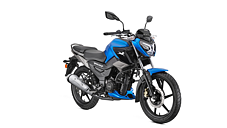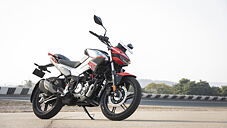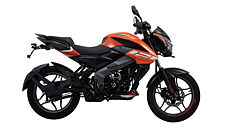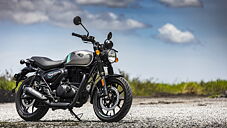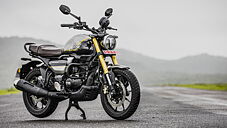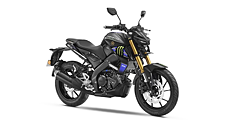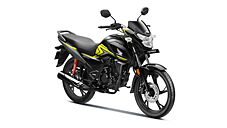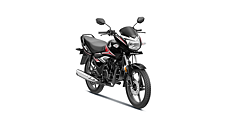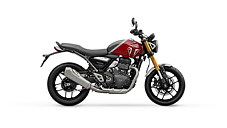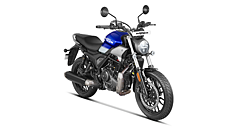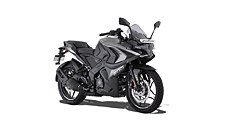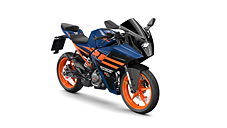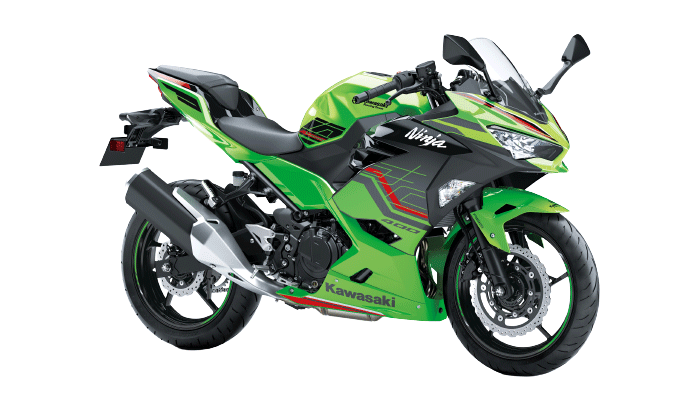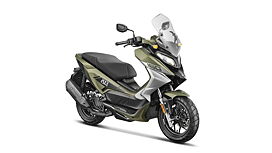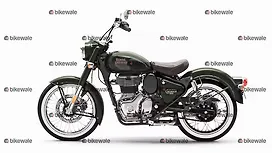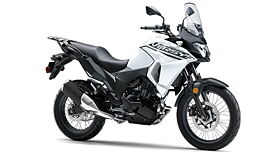Introduction

Why to buy it?
- Very enjoyable engine
- Comfortable for long distances
- Good road presence
Why to avoid it?
- Lacks features
- Fewer colour choices
The Kawasaki Versys 650 has not received any major upgrades since 2015. That, however, changed in November 2021 when the Japanese two-wheeler maker unveiled the updated version at the EICMA motorcycle show in Milan, Italy.

The 2022 Kawasaki Versys 650, which is currently available in the international markets and soon arriving in India, gets several styling upgrades and a slightly tweaked feature list over the 2021 version. These include the addition of LED headlight, revised mechanism for windscreen adjustment, Bluetooth-enabled colour-TFT display, and two-level traction control system. So, why are we reviewing the 2021 model when the 2022 version is expected to arrive in India soon? That’s because mechanically, the 2022 model is identical to the 2021 version and thus you can expect a similar riding experience on the updated Versys 650.

We have clocked over 1,300km on the 2021 Versys 650 and thus have evaluated its styling, performance, ride quality, handling, fuel economy, and features. Here, we bring you a detailed road test review of the 2021 Kawasaki Versys 650.
Styling and Quality

Versys 650’s styling received a major upgrade in 2015 when Kawasaki dropped the vertically-stacked headlight design for the twin-pod units that you see presently. This sharp design drew styling inspiration from the previous-generation Versys 1000. Further, you get a windscreen that uses one of the most unfriendly adjustment mechanisms, a semi-fairing, and a body-coloured fender.

Behind the windscreen is a semi-digital instrument cluster which comprises an analogue tachometer and a compact LCD, and is accompanied by a plastic panel to avoid sun glare. The digital display shows the speedometer, gear position indicator, upshift indicator, fuel gauge, ECO indicator, odometer, two trip meters, average fuel consumption, real-time fuel consumption, and the remaining range.

Speaking of range, the Kawasaki Versys 650 can munch miles between fuel stops, thanks to its 21-litre tank, which we will discuss in detail in the latter part of the review. Other styling elements include a single-piece saddle, split-style pillion grab rail, an underbelly exhaust, and 17-inch alloy wheels on both ends. The build quality is commendable too, with almost no visible gaps between the body panels.

That said, one of the major issues with the 2021 Versys 650 is the windscreen adjusting mechanism that requires the rider to stop the motorcycle, undo the two screws at the front, and then move the shield. This has been revised on the 2022 version but compared to the Triumphs and Ducatis of the world, this mechanism feels archaic. Another issue is the single-piece saddle. You have to take off the entire saddle to access the under-seat area. This can be annoying while accessing the tool kit or motorcycle’s documents in the middle of the road.

Save for these, the Kawasaki Versys 650 is a very appealing motorcycle. And it shines even further in the comfort department.
Ergonomics and Comfort

The Versys 650 is designed to be a road-biased highway tourer and thus packs commendable windblast protection and upright ergonomics. The seated and standing ergonomics are spot-on for my 5’10” height. The seat height though friendly for me, shorter riders may face issues and might have to tip-toe their way around the parking lot and in traffic situations. While the saddle is spacious, the seat’s angle keeps pushing you into the fuel tank and this becomes uncomfortable over time. There is an aftermarket fix for it that raises the saddle from the front but then it leaves an ugly gap between the panels and increases the overall seat height further.

Now, the suspension setup here is better than any of its rivals. That said, its stock setting felt too soft for my near 64kg bodyweight. However, the Versys 650 gets Showa Separate Function Forks at the front that offer preload and rebound damping adjustment. At the back, the mono-shock can be remotely adjusted for preload. This allows the rider to adjust the setup as per their preference. Do note that this is the only motorcycle in its segment in the Indian market to offer this feature, thus giving the Versys 650 an edge over its rivals (and its 650cc siblings).
Performance and Handling

The Versys 650 shares its tried-and-tested 649cc, parallel-twin, liquid-cooled engine with the Ninja 650, Z650, Z650RS, and the Vulcan 650. The motor is tuned differently here as compared to its 650cc siblings. Linked to a six-speed gearbox, the parallel-twin engine makes a healthy 65.7bhp at 8,500rpm and 61Nm of peak torque at 7,000rpm.

The engine builds power in a linear fashion and accelerates swiftly from 4,000rpm onwards. There is a noticeable step-up in acceleration post 6,000rpm and, at this point in the top-cog, the speedometer is already venturing into the triple-digit speeds. The mid-triple-digit cruising speeds are effortless, and the Kawasaki Versys 650 will happily accelerate past 170kmph. The six-speed gearbox feels crisp and we did not face any issues with the gearshifts. The clutch, however, feels heavy and it becomes tiring in bumper-to-bumper traffic situations.

The braking setup includes twin 300mm rotors at the front and a single 250mm disc at the back – both featuring a petal-type layout and grabbed by Nissin-sourced callipers. The hardware, albeit not at par with the Brembo callipers on its premium rivals, packs a good amount of feedback.

In terms of handling, the 17-inch alloys make it an absolute treat on the tarmac, especially around the corners. Sure, the top-heavy design limits its sharpness as compared to the Ninja 650 or the Z650. But it would still tackle corners with enthusiasm. The same setup, however, makes it uneasy off the beaten path. It surely can do some amount of soft-roading but the low ground clearance and the 17-inch wheels shod in road-biased tyres limit its off-roading prowess. Nonetheless, the aforementioned adjustable suspension setup allows the rider to tune the setting as per their requirement.
Features and Technology

The feature list here is bare-basic as compared to its rivals, such as the Triumph Tiger Sport 660 or even the KTM 390 Adventure. That, however, has changed to a certain extent on the 2022 model that gets full-LED lighting, a Bluetooth-enabled colour-TFT display, and two-level traction control system. This 2021 version, however, uses a halogen headlight and a semi-digital instrument cluster. This headlight isn’t the strongest that we have tested so far, and if you are someone who prefers to ride after dark, a pair of auxiliary lights should be on top of your buying list. The safety net, too, is basic and the 2021 Versys 650 only gets a dual-channel ABS tech.
Fuel Efficiency

The Versys 650 returned an overall fuel efficiency (city and highway combined) of almost 19kmpl. This gives the motorcycle a range of 400km between fuel stops.
Should you buy it?

The Kawasaki Versys 650 is a fantastic package for anyone who is looking for a road-biased touring motorcycle. The 2021 version, however, is no longer in production and thus you cannot buy it. This model missed a few features that the competition already had but that has been addressed in the 2022 version. At the same time, the latest iteration of the motorcycle retains the tried-and-tested engine from the 2021 model which is enjoyable without being too intimidating along with the adjustable suspension setup – all of which make the Versys 650 an absolute treat to ride.

On the downside, the updated model will retail at a premium price tag over the 2021 version. It is expected to carry a premium of about Rs 40,000-60,000 over the discontinued version and we expect it to arrive in the Rs 7.50-7.75 lakh range. Still, it will be much cheaper than the Triumph Tiger Sport 660 which is currently priced at Rs 8.95 lakh. In fact, the V-Strom, too, retails at a higher price tag than the Versys 650 and is available at Rs 8.92 lakh.
Photography by Kaustubh Gandhi
All prices are ex-showroom, Delhi
Gallery
1/114
Kawasaki Versys 650 Left Side View
Double Tap to Zoom











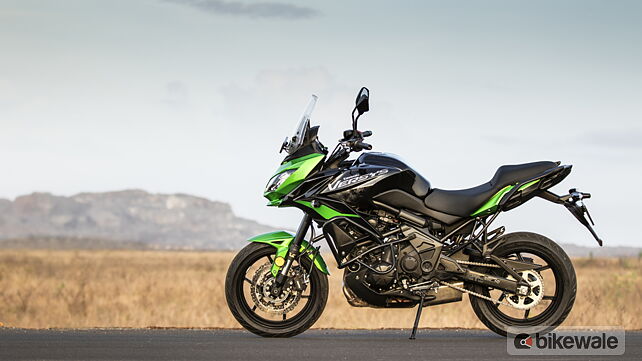







![[object Object] ThumbNail Images [object Object] ThumbNail Images](https://imgd.aeplcdn.com/642x361/n/cw/ec/124375/kawasaki-versys-650-right-rear-three-quarter6.jpeg?isig=0&wm=2&q=80)
![[object Object] ThumbNail Images [object Object] ThumbNail Images](https://imgd.aeplcdn.com/642x361/n/cw/ec/124375/kawasaki-versys-650-rear-view7.jpeg?isig=0&wm=2&q=80)
![[object Object] ThumbNail Images [object Object] ThumbNail Images](https://imgd.aeplcdn.com/642x361/n/cw/ec/124375/kawasaki-versys-650-right-side-view8.jpeg?isig=0&wm=2&q=80)
![[object Object] ThumbNail Images [object Object] ThumbNail Images](https://imgd.aeplcdn.com/642x361/n/cw/ec/124375/kawasaki-versys-650-silencer-muffler9.jpeg?isig=0&wm=2&q=80)
![[object Object] ThumbNail Images [object Object] ThumbNail Images](https://imgd.aeplcdn.com/642x361/n/cw/ec/124375/kawasaki-versys-650-engine-from-left10.jpeg?isig=0&wm=2&q=80)
![Kawasaki Versys 650 [2020-2021] Image Kawasaki Versys 650 [2020-2021] Image](https://imgd.aeplcdn.com/272x153/n/cw/ec/125003/versys-650-right-front-three-quarter.jpeg?isig=0&q=80)
